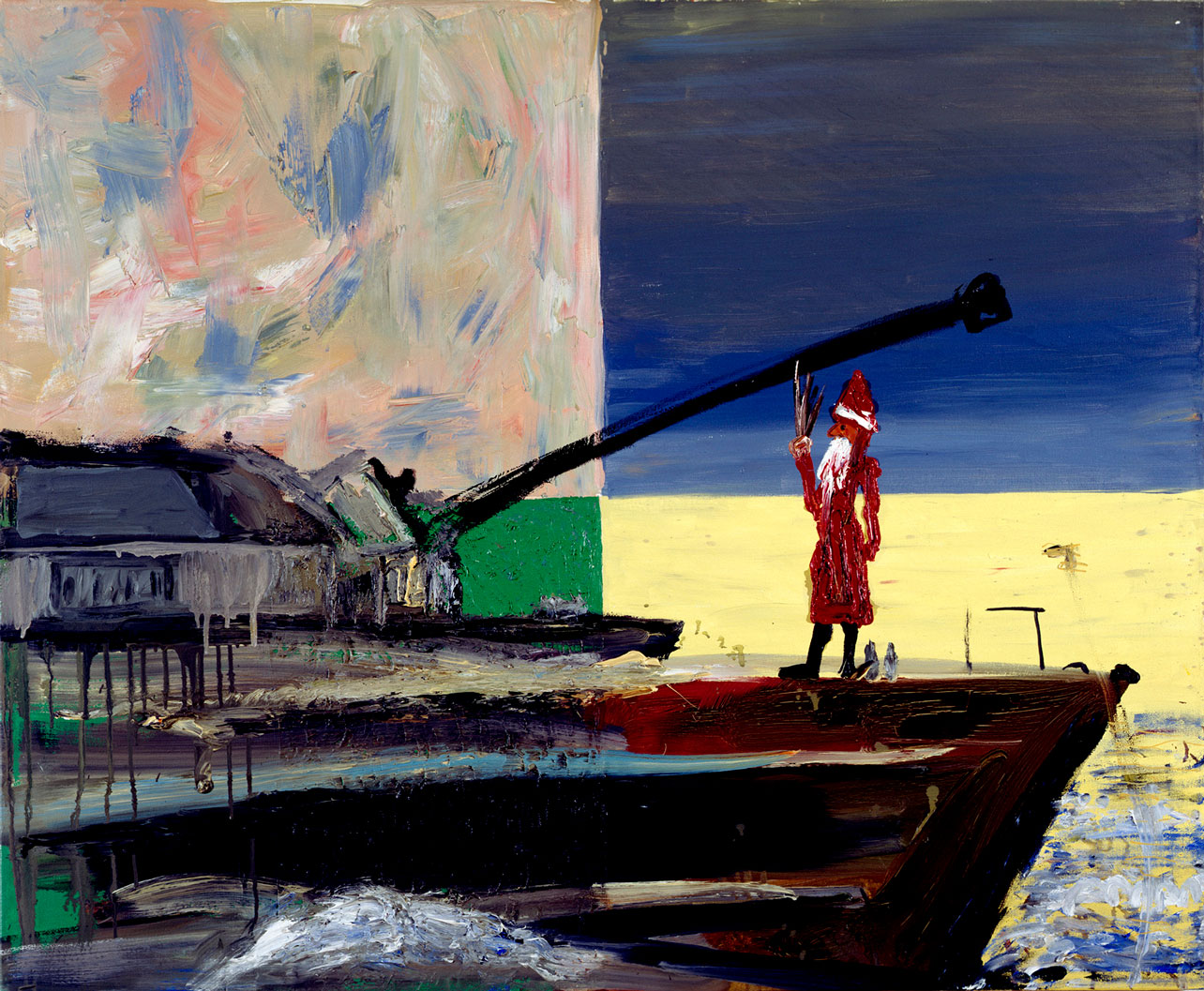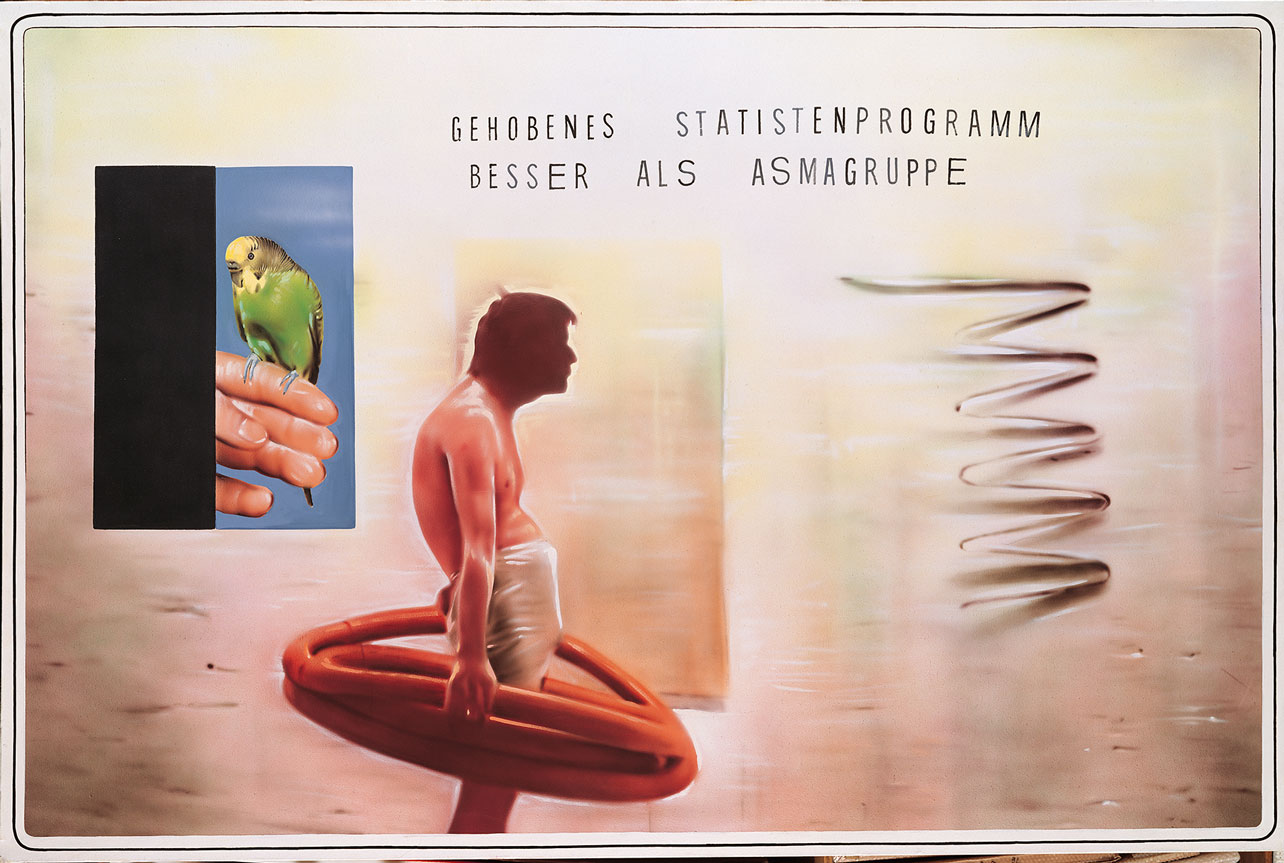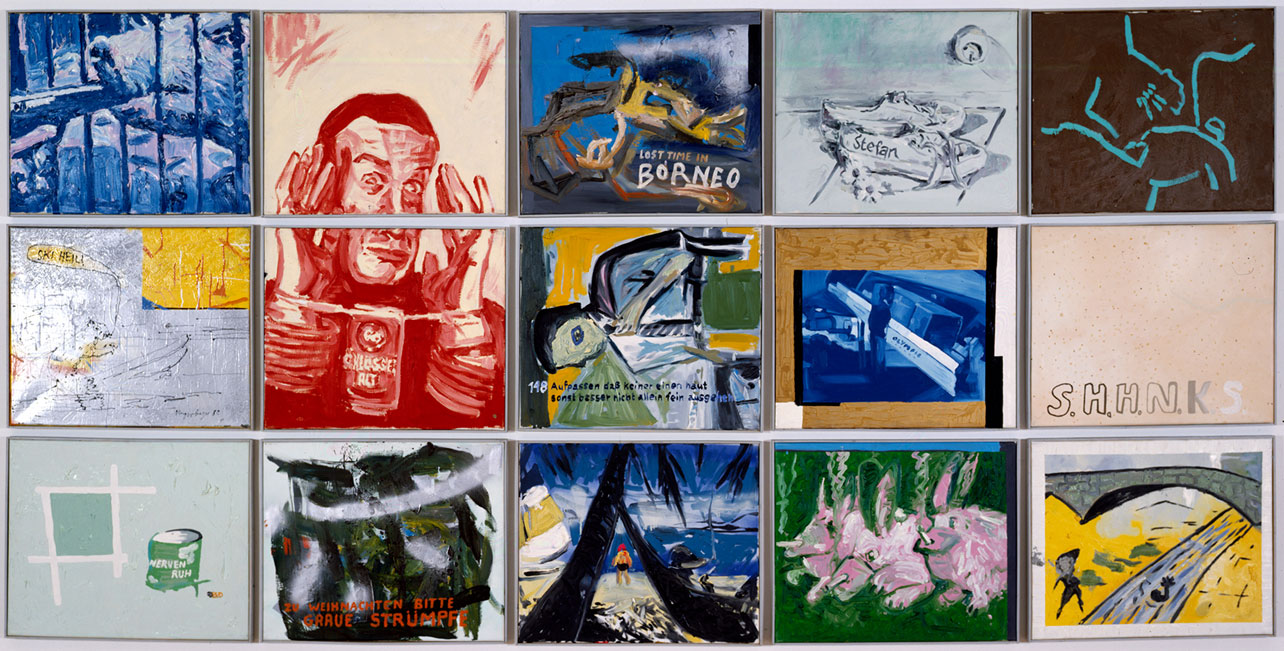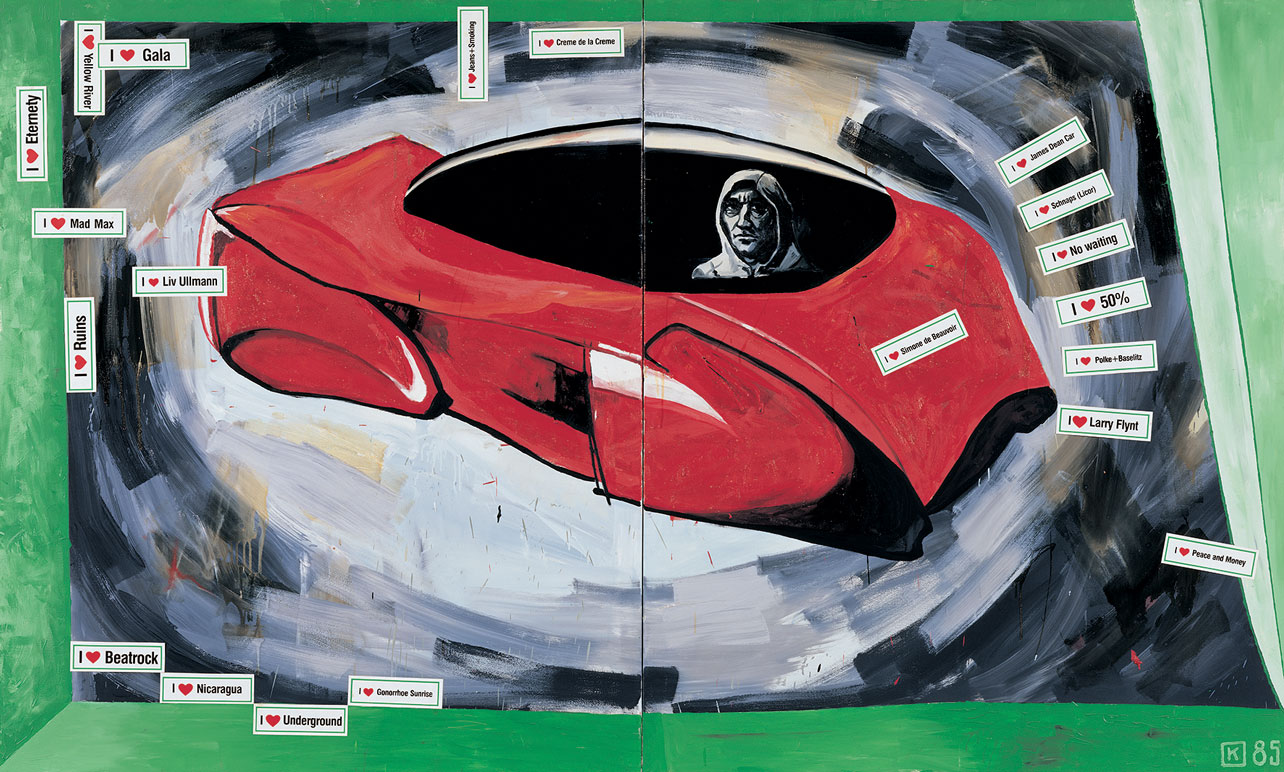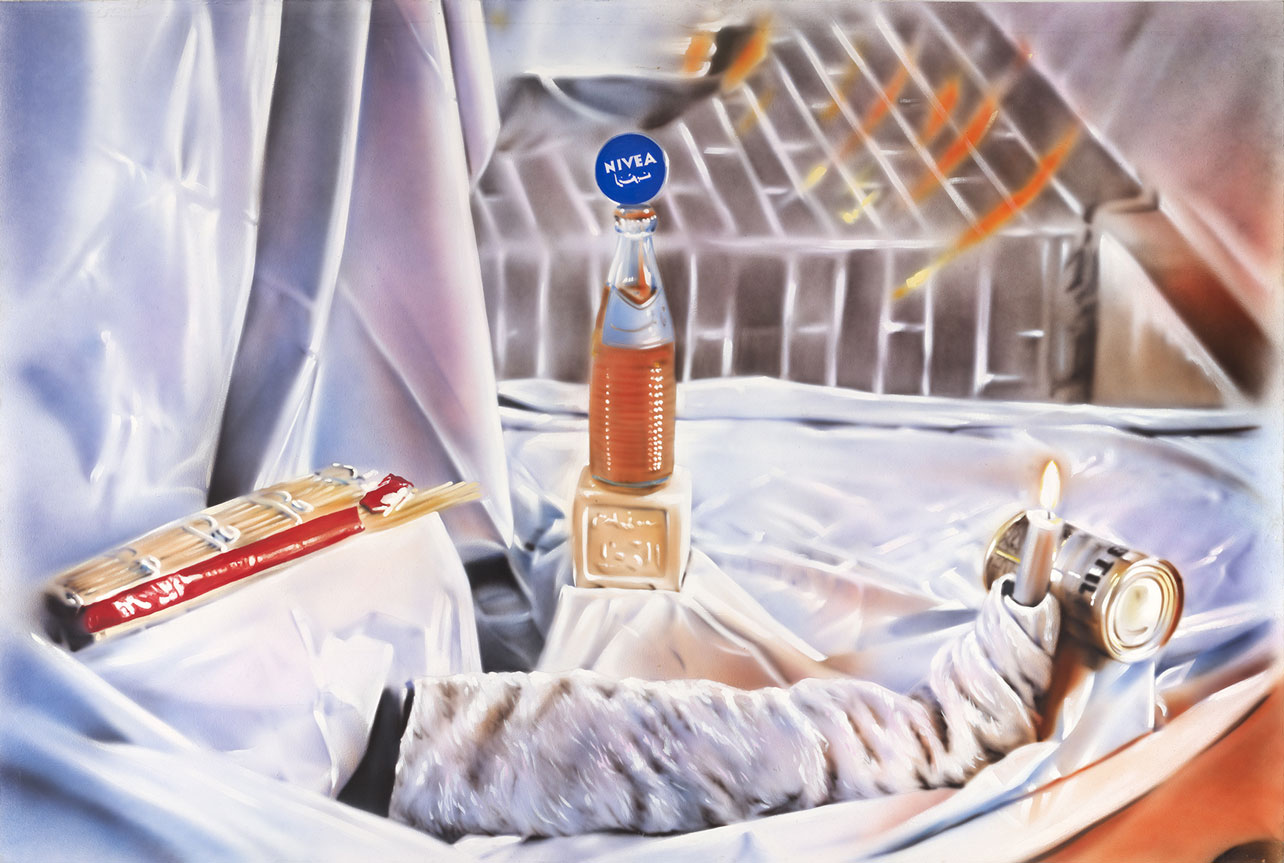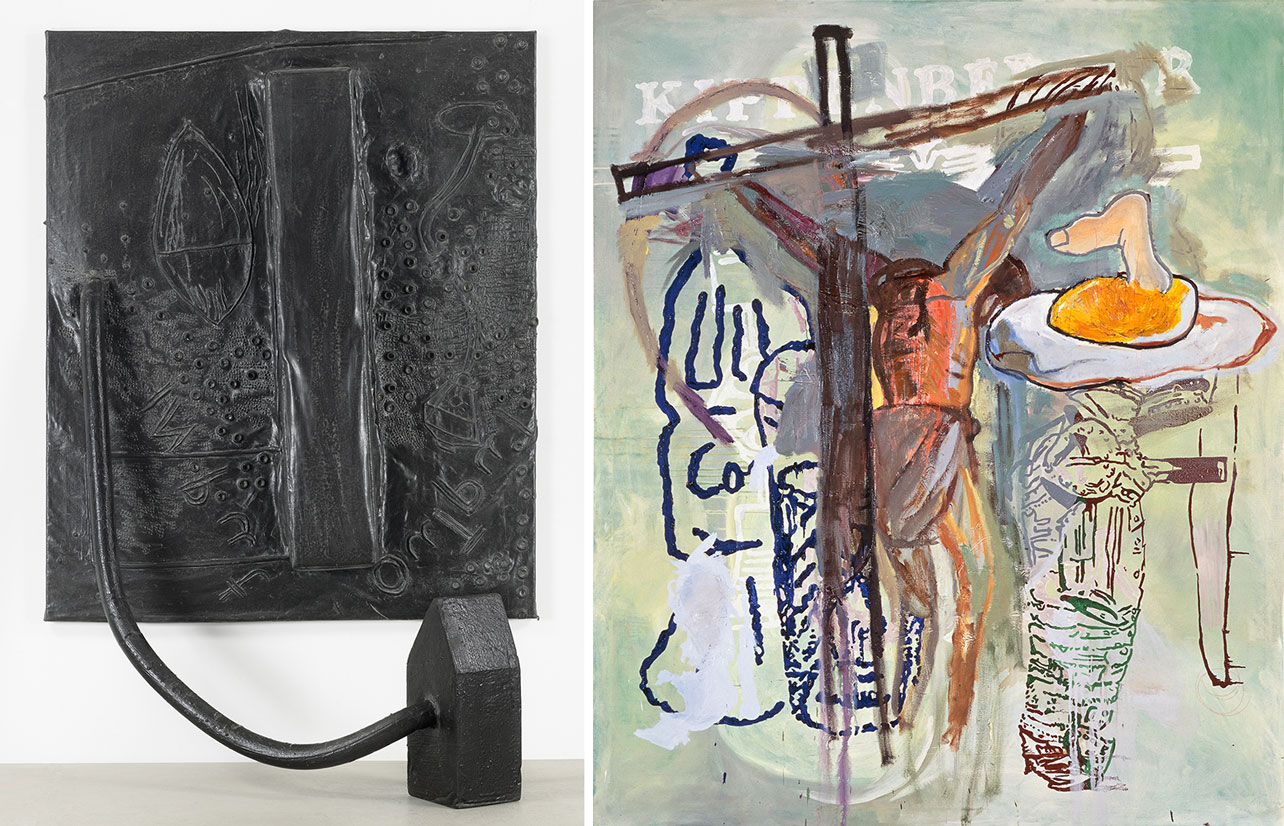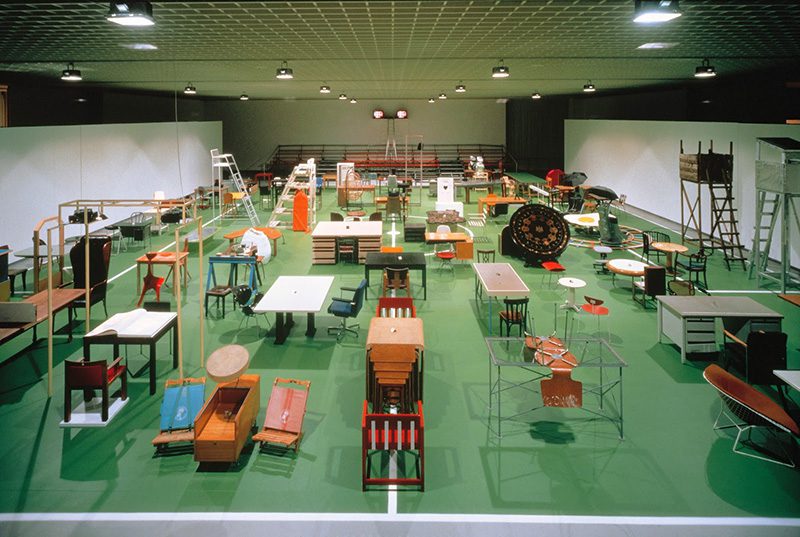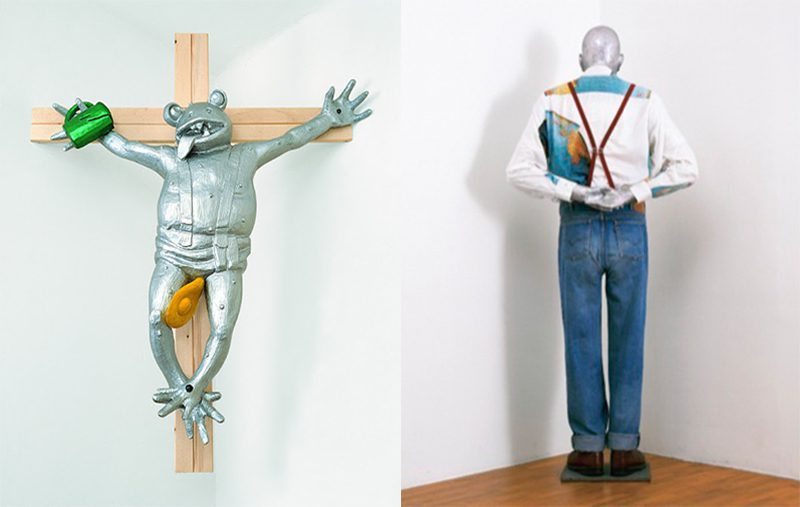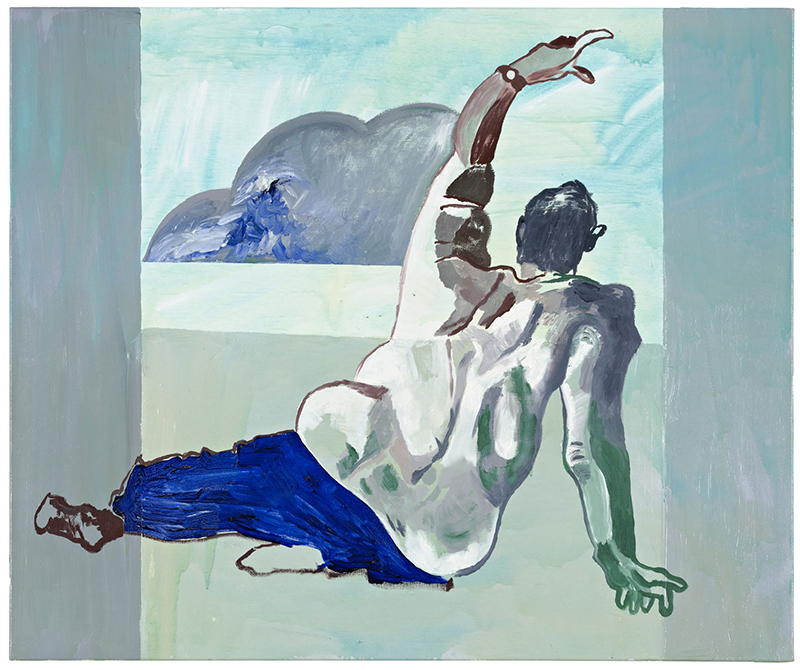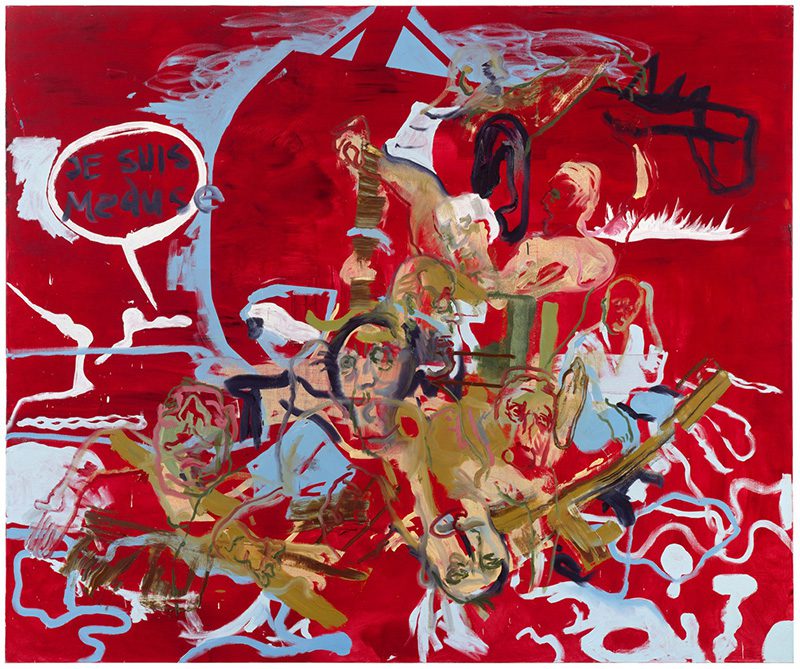TRACES: Martin Kippenberger
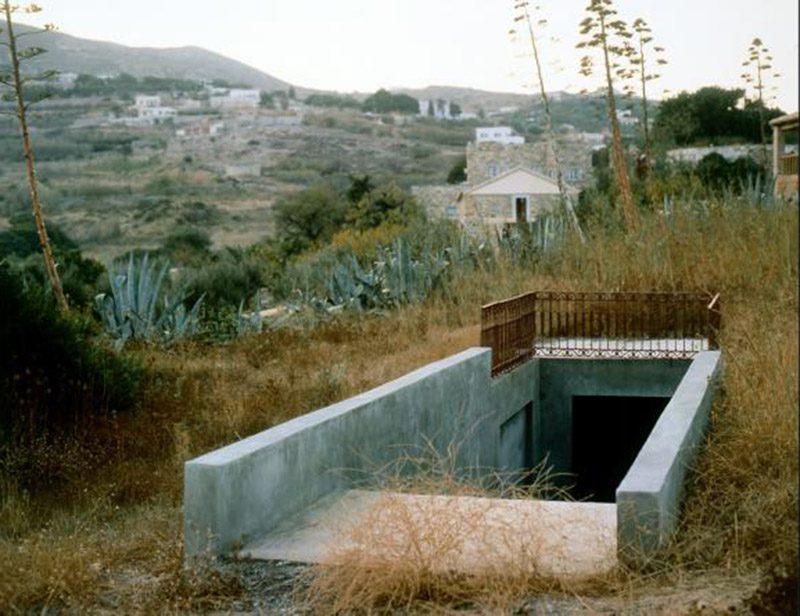 Today is the occasion to bear in mind Martin Kippenberger (25/2/1953-7/3/1997), one of the most influential artists to come out of postwar GermanY. He played a pivotal role in establishing the Postmodernism aesthetic between the late ‘70s and ‘90s. He followed one Rule “Always Break the Rules!” This column is a tribute to artists, living or dead, who have left their mark in Contemporary Art. Through documents or interviews, starting with: moments and memories, we reveal out from the past-unknown sides of big personalities, who left their indelible traces in time and history…
Today is the occasion to bear in mind Martin Kippenberger (25/2/1953-7/3/1997), one of the most influential artists to come out of postwar GermanY. He played a pivotal role in establishing the Postmodernism aesthetic between the late ‘70s and ‘90s. He followed one Rule “Always Break the Rules!” This column is a tribute to artists, living or dead, who have left their mark in Contemporary Art. Through documents or interviews, starting with: moments and memories, we reveal out from the past-unknown sides of big personalities, who left their indelible traces in time and history…
By Dimitris Lempesis
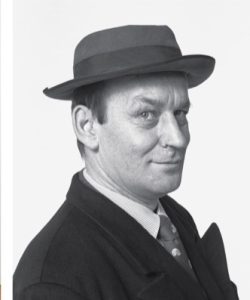 Martin Kippenberger was born in Dortmund. He studied at the Hochschule für Bildende Kunst in Hamburg, where Sigmar Polke, despite not teaching him directly, influenced him. After a sojourn in Florence, where he had his first solo exhibition in 1977, he settled in Berlin in 1978. In that year he founded Kippenberger’s Office with Gisela Capitain, mounting exhibitions of his own art and that of his friends. During that same period, Kippenberger also became business director of SO36, a performance, film and music space, and started a punk rock band called the Grugas. Leaving Berlin, originally for a long visit to Paris, Kippenberger spent the early 1980s as an active member of the Cologne Art scene. In Cologne, as elsewhere, Kippenberger did not limit himself to producing works of art, he worked on how the art was presented, the framework and the sideshows. Throughout the 1980s, Kippenberger’s artwork underwent periods of strong political reflection. In 1984, he became a founding member of the Lord Jim Lodge. That fraternity of painters included Arnulf Rainer, Albert and Markus Oehlen, Jörg Schlick, and others, and sought (sardonically) to be bigger than Coca-Cola. During a trip to Brazil in 1986, Kippenberger bought a gas station by the sea in Salvador de Bahia and renamed it the “Martin Bormann Gas Station”. With the fictionally acquired gas station, Kippenberger gave Martin Bormann a camouflage address and the possibility of an income in exile Later accused of neo-Nazi attitudes by German critic Wolfgang Max Faust, he made several life-size, dressed mannequin sculptures of himself, called “Martin, ab in die Ecke und schäm Dich” placed facing the wall. Kippenberger made the first of “Laterne” sculptures in 1988, a year that he spent largely living in Seville and Madrid in Spain. This work, “Laterne an Betrunkene” has become well known through its exhibition at the 1988 Venice Biennale. The original motif of the lamp sculptures derived in part from the photographs that filled Kippenberger’s 1988 artist’s book, “Psychobuildings”. In 1989, Kippenberger and Jeff Koons worked together on an issue of the art journal Parkett, the following year, Koons designed an exhibition poster for Kippenberger. In 1990, while sojourning in New York City, Kippenberger started a body of work collectively known as the Latex or Rubber paintings. In 1993, Martin Kippenberger founded MOMAS, the Museum of Modern Art Syros, in an abandoned cement abattoir in the Greek island of Syros. The sole founder, Martin was also the manager, the director and the curator. Kippenberger had the idea of an underground network encircling the whole world. “Metro-Net” is a global underground metro system of which Kippenberger started to construct entrances to in different cities around the world. The underground network connected Syros in Greece, where the first subway entrance was built in 1993, with Dawson City in Canada and Münster in Germany, along with New York and Tokyo and other unrealised locations. The artist planned to have subway entrances, exits and ventilation shafts installed in locations around the world. During the last 10 years of his life Kippenberger created a series of drawings on hotel stationery, which are commonly referred to as the “Hotel drawings” (1987–1997). His late collages incorporate photographs (Polaroids, film stills, magazine clips), prints, exhibition posters from past Kippenberger shows, some folded up origami-style, self-produced decals, and photographed and rephotographed drawings. Martin Kippenberger died at age 44 from liver cancer at the Vienna General Hospital. In 2008 his sculpture of a toad being crucified called “Zuerst die Füsse”, was allegedly condemned by Pope Benedict as blasphemous. In 2011, Kippenberger’s “When It Starts Dripping From the Ceiling” was accidentally destroyed by a janitor in a Dortmund museum who believed she was cleaning stains off of the work.
Martin Kippenberger was born in Dortmund. He studied at the Hochschule für Bildende Kunst in Hamburg, where Sigmar Polke, despite not teaching him directly, influenced him. After a sojourn in Florence, where he had his first solo exhibition in 1977, he settled in Berlin in 1978. In that year he founded Kippenberger’s Office with Gisela Capitain, mounting exhibitions of his own art and that of his friends. During that same period, Kippenberger also became business director of SO36, a performance, film and music space, and started a punk rock band called the Grugas. Leaving Berlin, originally for a long visit to Paris, Kippenberger spent the early 1980s as an active member of the Cologne Art scene. In Cologne, as elsewhere, Kippenberger did not limit himself to producing works of art, he worked on how the art was presented, the framework and the sideshows. Throughout the 1980s, Kippenberger’s artwork underwent periods of strong political reflection. In 1984, he became a founding member of the Lord Jim Lodge. That fraternity of painters included Arnulf Rainer, Albert and Markus Oehlen, Jörg Schlick, and others, and sought (sardonically) to be bigger than Coca-Cola. During a trip to Brazil in 1986, Kippenberger bought a gas station by the sea in Salvador de Bahia and renamed it the “Martin Bormann Gas Station”. With the fictionally acquired gas station, Kippenberger gave Martin Bormann a camouflage address and the possibility of an income in exile Later accused of neo-Nazi attitudes by German critic Wolfgang Max Faust, he made several life-size, dressed mannequin sculptures of himself, called “Martin, ab in die Ecke und schäm Dich” placed facing the wall. Kippenberger made the first of “Laterne” sculptures in 1988, a year that he spent largely living in Seville and Madrid in Spain. This work, “Laterne an Betrunkene” has become well known through its exhibition at the 1988 Venice Biennale. The original motif of the lamp sculptures derived in part from the photographs that filled Kippenberger’s 1988 artist’s book, “Psychobuildings”. In 1989, Kippenberger and Jeff Koons worked together on an issue of the art journal Parkett, the following year, Koons designed an exhibition poster for Kippenberger. In 1990, while sojourning in New York City, Kippenberger started a body of work collectively known as the Latex or Rubber paintings. In 1993, Martin Kippenberger founded MOMAS, the Museum of Modern Art Syros, in an abandoned cement abattoir in the Greek island of Syros. The sole founder, Martin was also the manager, the director and the curator. Kippenberger had the idea of an underground network encircling the whole world. “Metro-Net” is a global underground metro system of which Kippenberger started to construct entrances to in different cities around the world. The underground network connected Syros in Greece, where the first subway entrance was built in 1993, with Dawson City in Canada and Münster in Germany, along with New York and Tokyo and other unrealised locations. The artist planned to have subway entrances, exits and ventilation shafts installed in locations around the world. During the last 10 years of his life Kippenberger created a series of drawings on hotel stationery, which are commonly referred to as the “Hotel drawings” (1987–1997). His late collages incorporate photographs (Polaroids, film stills, magazine clips), prints, exhibition posters from past Kippenberger shows, some folded up origami-style, self-produced decals, and photographed and rephotographed drawings. Martin Kippenberger died at age 44 from liver cancer at the Vienna General Hospital. In 2008 his sculpture of a toad being crucified called “Zuerst die Füsse”, was allegedly condemned by Pope Benedict as blasphemous. In 2011, Kippenberger’s “When It Starts Dripping From the Ceiling” was accidentally destroyed by a janitor in a Dortmund museum who believed she was cleaning stains off of the work.
.


